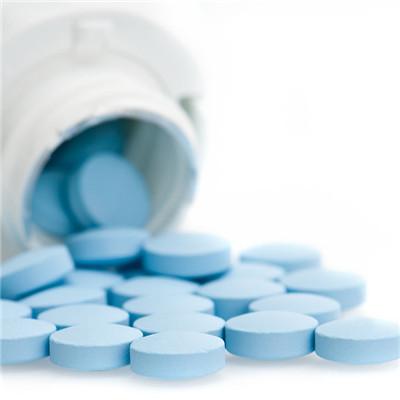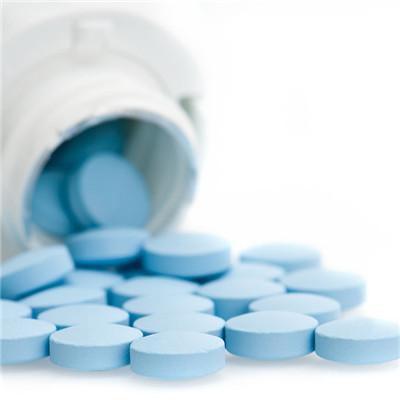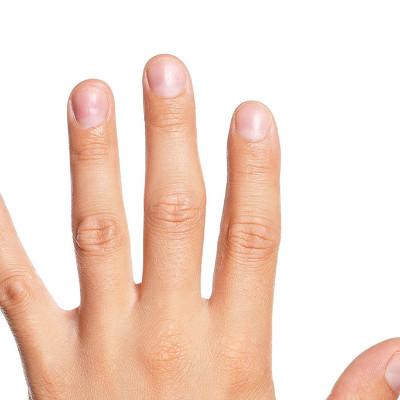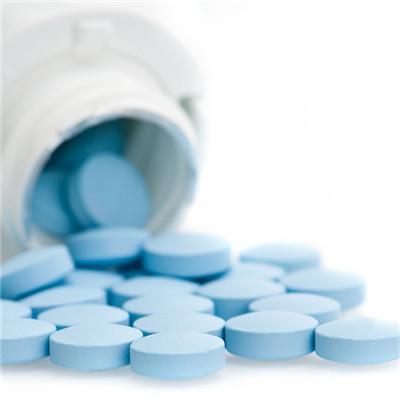What are the clinical manifestations of condyloma acuminatum
summary
In prepuce, there is a 2cm long, 0.5 wide white polyp in the inferior sulcus of glans, which is suspected to be condyloma acuminatum. The wart has atrophied, but ulceration appears around it. But through the treatment, now the condition also has a certain control, for the clinical manifestations of condyloma acuminatum, I'll tell you.
What are the clinical manifestations of condyloma acuminatum
Symptom 1: typical condyloma acuminatum, genital and perianal sites for the predilection, men are more common in prepuce, frenum, coronal groove, glans, urethral orifice, penile body, perianal, rectal and scrotum, women are more common in labia, posterior syndesmosis, vestibule, clitoris, cervix and perianal. Occasionally can be seen in the pudendal and perianal parts, such as armpit, umbilical fossa, oral cavity, breast and toe, etc. Female vaginitis and male prepuce is too long to promote the occurrence of condyloma acuminatum.
Symptom 2: subclinical infection of HPV refers to the fact that HPV infection can not be recognized by naked eyes, but the evidence of HPV infection can be found by acetic acid white test (after smearing with 5% acetic acid solution or wet compress), histopathology or nucleic acid detection technology.
Symptom 3: relationship with tumor. A large number of epidemiological data show that HPV infection (mainly high-risk HPV, such as HPV-16 and HPV-18) is closely related to the occurrence of genital cancer, such as cervical cancer and penile cancer. Therefore, we should pay attention to timely treatment after the disease, to avoid the occurrence of these malignant tumors.
matters needing attention
Postoperative patients should pay attention to perineum cleaning and hygiene, and wash it with 1:5000 potassium permanganate solution once a day. Pay attention to protect scab and make it fall off to avoid bleeding. Avoid sexual life during treatment, and pay attention to disinfection and isolation. And mobilize patients' spouses or sexual partners to check and treat in time to avoid repeated infection or cross infection after cure.
















